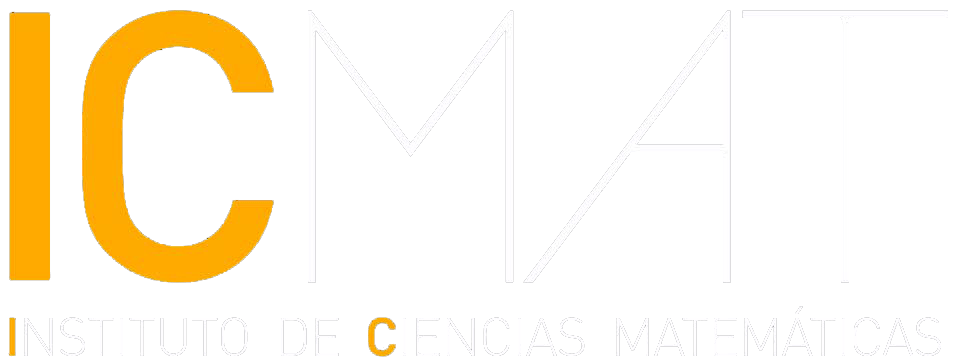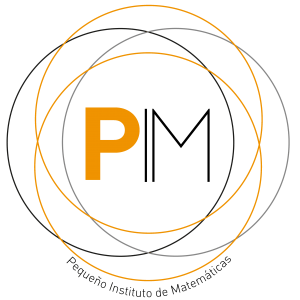Original Title: “SO(p, q)Higgs bundles and higher Teichmüller components”
Authors: Marta Aparicio-Arroyo, Steven Bradlow, Brian Collier, Oscar García-Prada, Peter B. Gothen, André Oliveira
Source: Inventiones Mathematicae 218 (2019), 197299
Date of online publication: 2019
Link: https://link.springer.com/article/10.1007/s00222-019-00885-2
Given a compact smooth surface S of genus g≥ 2, the Teichmüller space of S parametrizes complex structures on S, up to diffeomorphisms of S isotopic to the identity. Riemann’s moduli space of projective complex algebraic curves of genus g is obtained as the quotient of Teichmüller space by the mapping class group of S. The Teichmüller space of S can be identified with a topological component of the character variety of the fundamental group of S in PSL(2,R), consisting of Fuchsian representations. This is given by the holonomy of the hyperbolic metric associated to the complex structure, via the uniformization theorem, defining a Fuchsian group. Teichmüller space plays a very important role in many areas of mathematics, including complex analysis, lower dimensional topology, algebraic geometry, hyperbolic geometry, geometric group theory, dynamical systems, etc.In 1992, Nigel Hitchin, using the theory of Higgs bundles, which he had introduced few years earlier, identified a component of the character variety of the fundamental group of S in PSL(n,R) —and more generally in a split real form of any complex semisimple Lie group— that shared many properties with Teichmüller space. This component, known as Hitchin component, contains actually the usual Teichmüller space and, as Teichmüller space, consists entirely of discrete and faithful representations of the fundamental group. This was proved by François Labourie in 2006, after introducing the important concept of Anosov representation.
Starting around 2000, character varieties of the fundamental group for noncompact Hermitian groups were under investigation. A Hermitian group is the isometry group of a symmetric space which is Kähler. The group PSL(2,R) is both split and Hermitian. Again, new components consisting entirely of discrete and faithful representations were found using Higgs bundle theory and described in various papers involving Olivier Biquard, Steven Bradlow, Oscar GarcíaPrada, Peter Gothen, Ignasi Mundet and Roberto Rubio. They were also studied using bounded cohomology by Marc Burger, Alessandra Iozzi and Anna Wienhard. These components, together with the Hitchin components were referred as higher Teichmüller components. As Teichmüller space, they all have the property that the mapping class group of S acts freely.
For a long while, it was believed that split and Hermitian groups where the only classes of groups for which higher Teichmüller components existed. The paper under review proves the existence of such type of components also for the family of groups SO(p,q), even when they are neither split or Hermitian. Although this was not originally expected, it was not entirely surprising. Few years earlier, Marta Aparicio in her 2009 PhD thesis studied SO(p,q) Higgs bundles using the Morse theoretic methods introduced by Hitchin to count components. The original expectation was that components were parametrized by the obvious topological invariants, but it turned out that there were more minima of the Hitchin Morse function than expected, leaving the possibility for the existence of components that are not accounted by the usual topological invariants —a common characteristic of higher Teichmüller spaces.
Another evidence came from the work by Olivier Guichard and Anna Wienhard (2018), where they introduce a notion of positive structure on certain real Lie groups, leading to a notion of positivity for a representation of the fundamental group. They classify the groups admitting positive structures, finding that in addition to split and Hermitian groups, the family SO(p,q) is also there. They conjecture that only the groups having a positive structure admit higher Teichmüller components consisting entirely of positive representations. The work under review, in which there is also a counting of all the topological components of the character variety, strongly supports this conjecture and has paved the way for a general Higgs bundle approach to the characterization of higher Teichmüller components.


